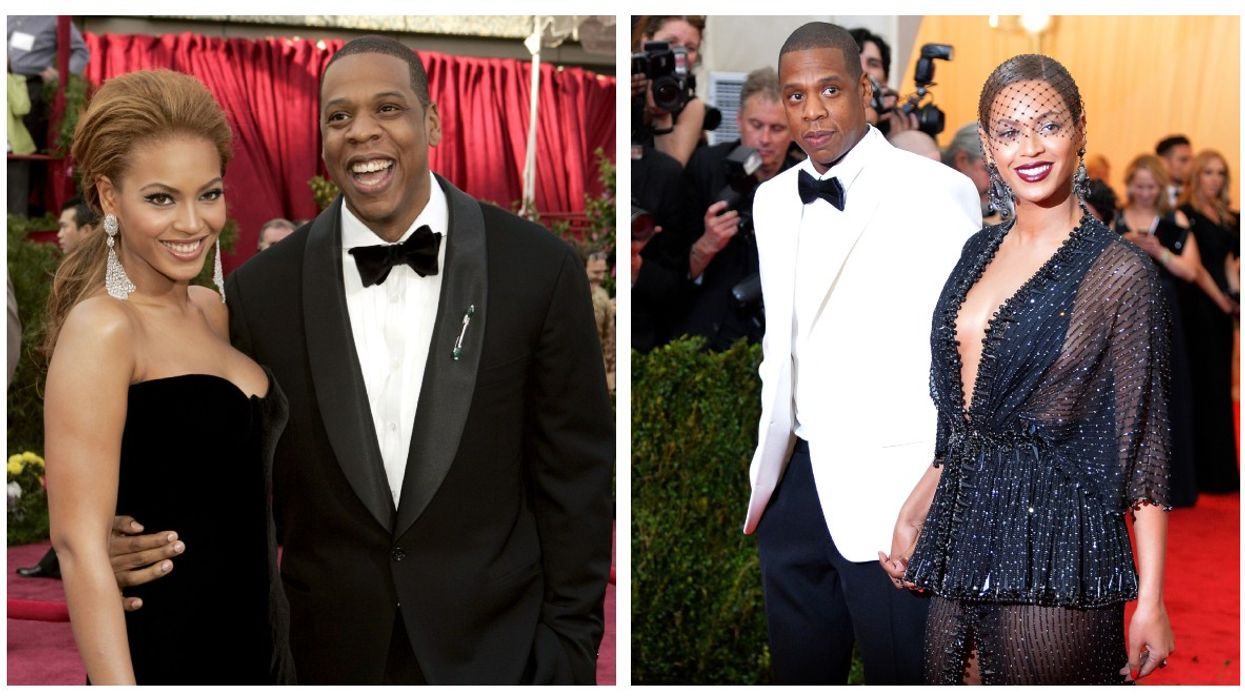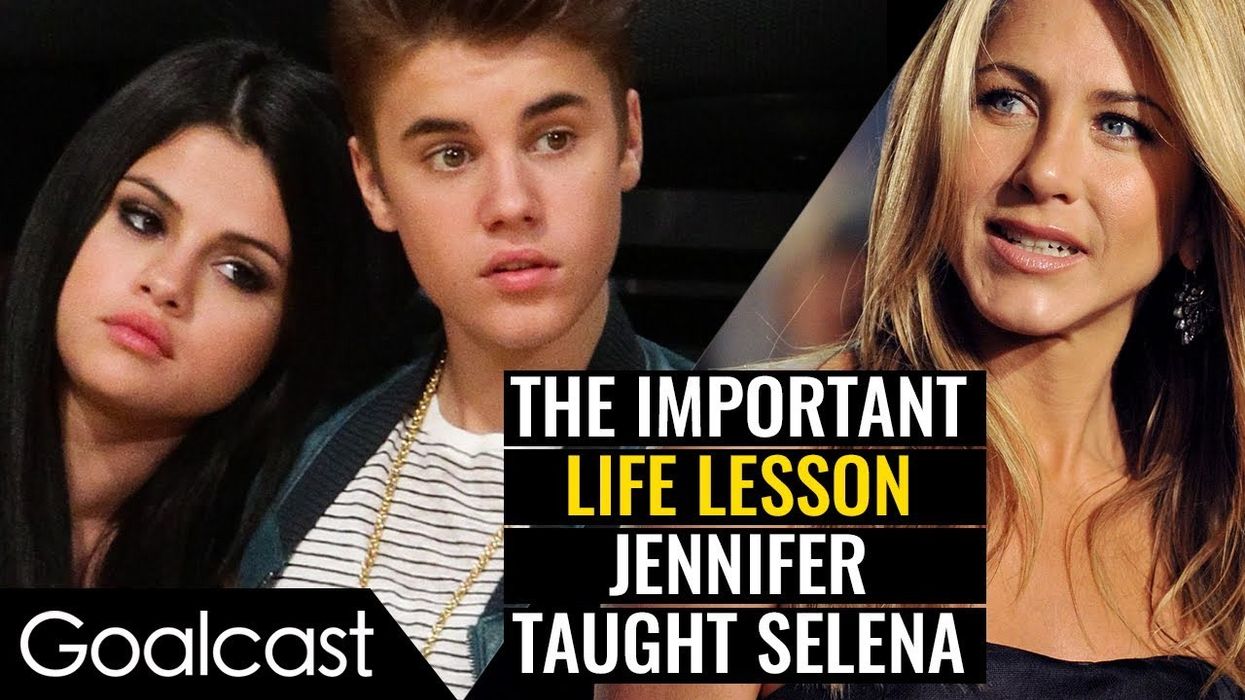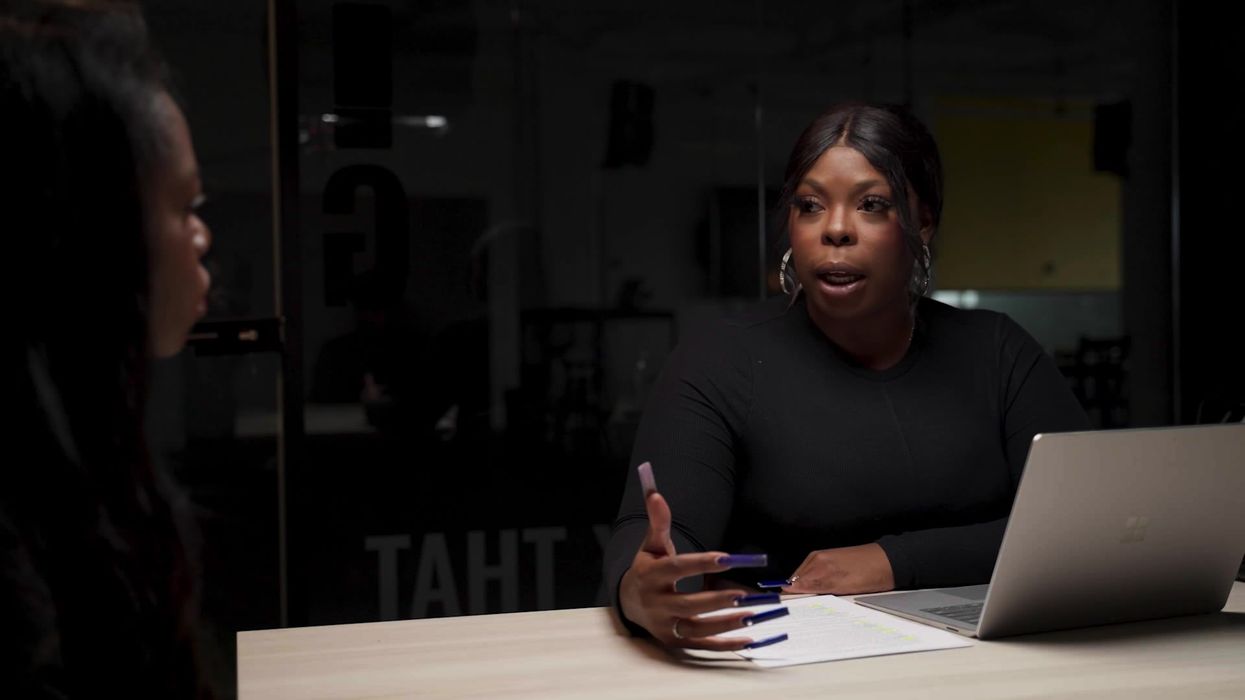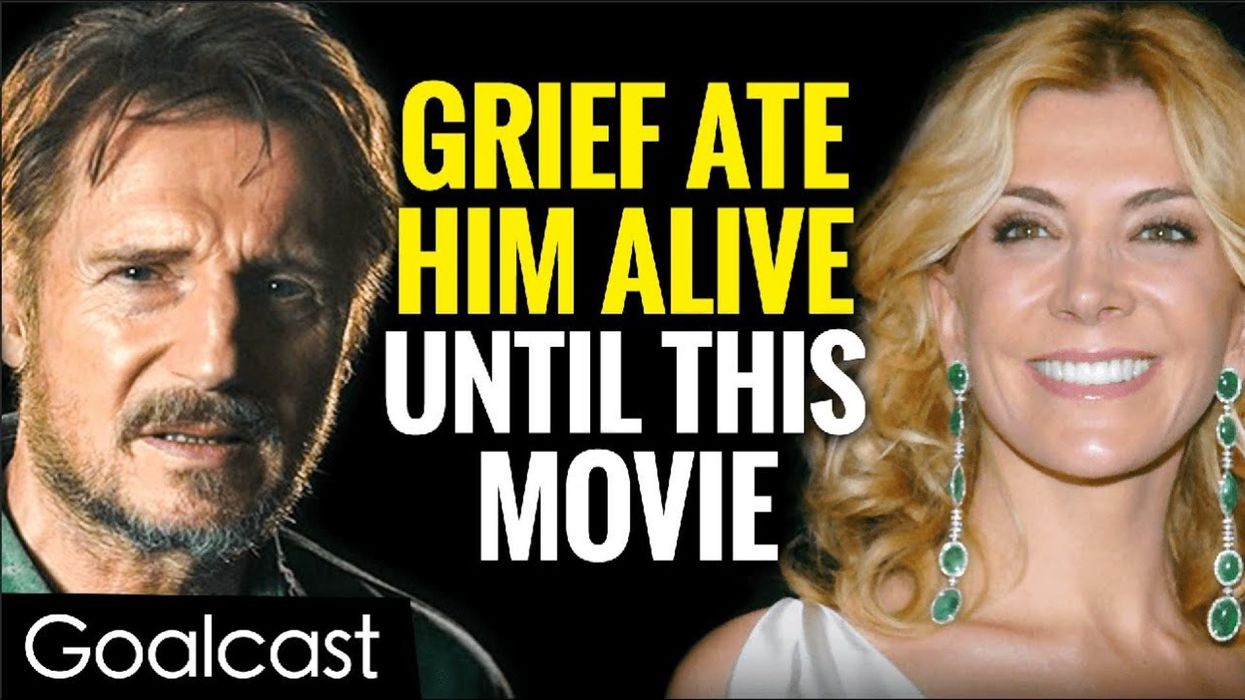
5 Ways Perfectionism Damages Romantic Relationships
Who hasn’t fallen into the trap of desiring the perfect relationship? The honeymoon period never ends, conflict doesn’t exist, and every day — from the first moment you meet until the end of time — is spent blissfully engaged in romantic endeavors and Instagram-worthy explorations of Earth’s magical wonders.
Although I'm kidding about what makes a relationship objectively “perfect,” it seems most people, including myself, have assimilated unrealistic and crippling expectations of what makes a healthy, functioning partnership. Throw in a throwaway culture of romantic stick-or-twist and Tinder swipes, and the prognosis is bleak, the search for perfection seemingly never-ending.
Worryingly, perfectionism is on the rise, according to a 2017 study by Thomas Curran and Andrew P. Hill. The authors concluded this is the result of a culture which increasingly promotes materialism and individuality, while “young people now [face] more competitive environments, more unrealistic expectations, and more anxious and controlling parents than generations before.”
The curse of perfectionism makes its way into all areas of life, but there’s a special emphasis on finding the perfect relationship.
Fear not, though. Awareness is the first step in the journey of escaping high expectations. I don’t profess to have captured all of the ways perfectionism manifests in relationships, but below are 5 traits with particularly damaging effects — and ways to overcome them.
These are the 5 ways perfectionism damages romantic relationships:
1. Projecting expectations

At the risk of simplifying, the concept of the perfect relationship contains three elements. The perfect "you," the perfect "them," and the perfect "us." The relationship between these three and perfection is intertwined and inseparable. Placing high expectations on our own behavior is one thing; projecting them onto our partner is another. Do both, and the "us" element is doomed to fall apart.
Projection reveals itself in a multitude of ways. In my experience, the biggest precursor is blame. Compared to the concept of the perfect partner, when our expectations aren’t met, we point the finger.
It’s their fault. Why don’t they read my mind and understand all of my needs and desires and wants and dreams? Why aren’t they always full of energy and fully attentive and loving and Scarlett Johansson?
A few emotions guide us towards the where projection takes place. In particular, pay attention to frustration and disappointment; two traits linked to an intellectual expectation of the way things are.
Once highlighted, take time to reflect — is your partner’s behaviour really that bad? Or are your expectations the cause of unrest? Make adjustments where necessary.
2. Framing conflict as failure
I’m British. Many British people have an in-built tendency to avoid conflict. We pepper “sorrys” en masse, don’t express ourselves when upset, and occasionally compromise our integrity for peace. Admittedly this is a slight generalization, but all of these traits share the same assumption: conflict is wrong.
The truth is, conflict is healthy. Picture conflict as the meeting point of two separate points of view; as we are all unique, you can guarantee any person you meet will have views or approaches or desires which conflict with your own. And that’s fine. Unhealthy conflict arises when we become defensive, dig in our heels, and want to force our opinion on others or refuse to attempt to understand.
Factor in passion and sex, and romance increases the likelihood of conflict. The perfectionist view of romance may view disagreements or arguments as failure: “If this person were right, we wouldn’t disagree so much.” The antidote is to accept conflict is healthy and inevitable, and attempt to pacify by stepping outside and empathizing with your partner.
You’ll slip up at times. That’s fine. As long as you both commit to working on improving this skill, over time, the communication between the two of you will improve. That’s not to say we should blindly accept regular conflict; if communication fails to improve, it may be a genuine sign things aren’t quite right.
3. Misunderstanding the honeymoon period

In an earlier article on retaining independence in relationships, I explained the difference between falling in love and true love. In A Road Less Travelled, psychologist M. Scott Peck refers to the process of falling in love as a “temporary collapse of ego boundaries.” Rather than leading to individual growth, it runs the risk of forming codependency.
Yes, the honeymoon period is fun. It’s intoxicating and breathtaking and adds a spring to the step. It can also become addictive; in the past, I’ve certainly tried to chase the feeling of falling in love, as if it were an elixir which, when finally finding the perfect partner, would remain forever and ever.
This isn’t the case and that’s fine, because the feeling of falling in love isn’t the same as true love. When we fully understand the honeymoon period, we can pre-empt a shift in the landscape. We can prepare ourselves to cultivate behaviours and support systems that express unconditional love towards our partner. Then, once the dizzying highs reduce, we find ourselves ready to build a relationship; not one of perfection, but one of authenticity and understanding.
4. Falling for the fallacy of “shared interests”
Another trait of perfectionism and romance is the belief we must share interests with our partner. Granted, you want to have things in common, but this can spill over into the misconception that a “healthy” relationship (see: perfect) involves shared hobbies, likes, dislikes, opinions, responses, views on the world, etc. This particular trait has formed from the myth of romantic love, and the socially accepted (and expected) codependency.
Continuing with Peck’s assessment of romance, to retain independence is to create a healthy, functioning relationship. In many ways, it serves us to have different interests from our partner. Does your partner enjoy late-night disco dancing while you’re in bed by 10pm? This can become a source of frustration and tension. Or, it can be the impetus to open conversations around mutual interests, offering a way to support each other’s individual pursuits.
Taking life balance into account, as well as noting the areas of difference, it’s important to simultaneously experience things together. For example, spend a percentage of time on individual hobbies, but get creative and find interests to share together, offering the best of both worlds.
5. Buying into the concept of the “perfect relationship”

This is a container for the other items on this list, but it’s important to become conscious of the depths to which you’ve invested in a concept of what a perfect relationship should be. A simple but powerful technique is to write down your expectations, assess whether they’re realistic and fair on your partner, and then discuss them openly.
The beauty is, the less you are invested in the concept of the relationship, the more you’re able to see the truth of the current relationship. Accepting things as they are doesn’t need to be passive. Quite the opposite — by detecting the areas where high expectations are the problem, you highlight areas where problems are genuine problems which require working together to overcome.
A final note on communication
In relationships, communication is key. Letting go of high expectations creates breathing space, and room to discuss relationship dynamics from a liberated perspective.
Opt for radical honesty and reflection — when noticing any of the above traits, name them. “I think I may be disappointed because I’ve placed these expectations on you,” for example.
Sharing in this way is a courageous leap into the realm of vulnerability. Vulnerability is a bridge builder. It forms authentic, raw connections and creates a relationship which might not be perfect, but is full of love, acceptance, and gratitude.












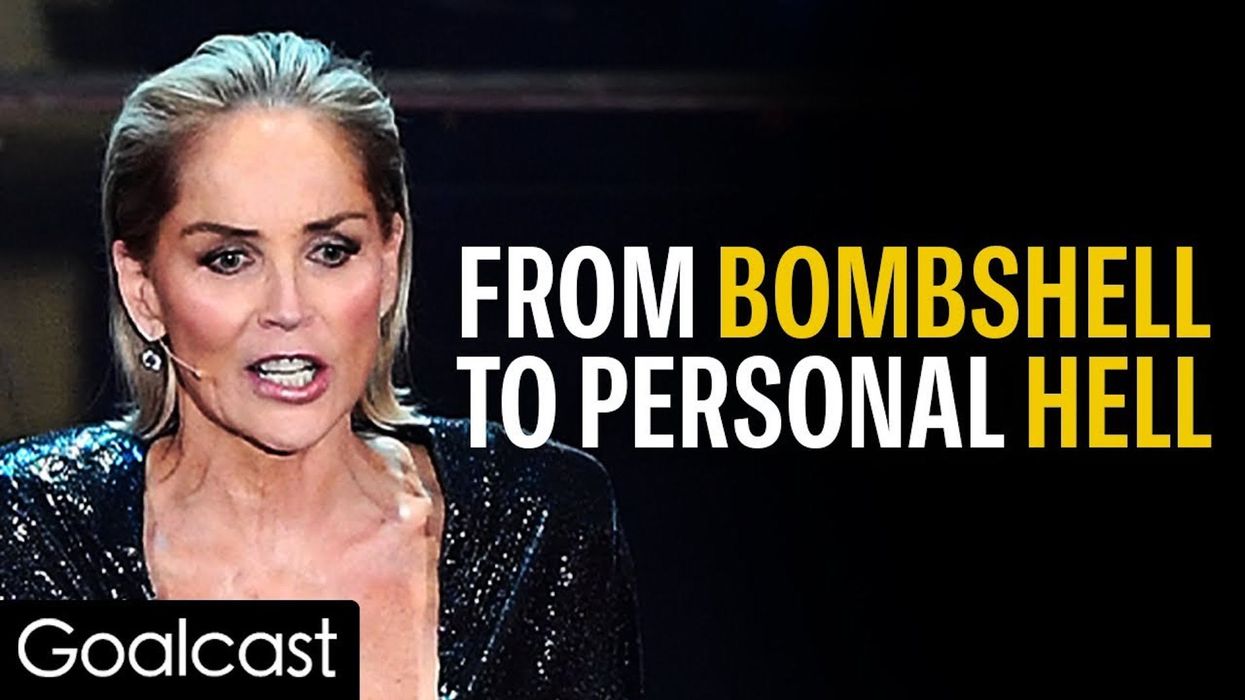
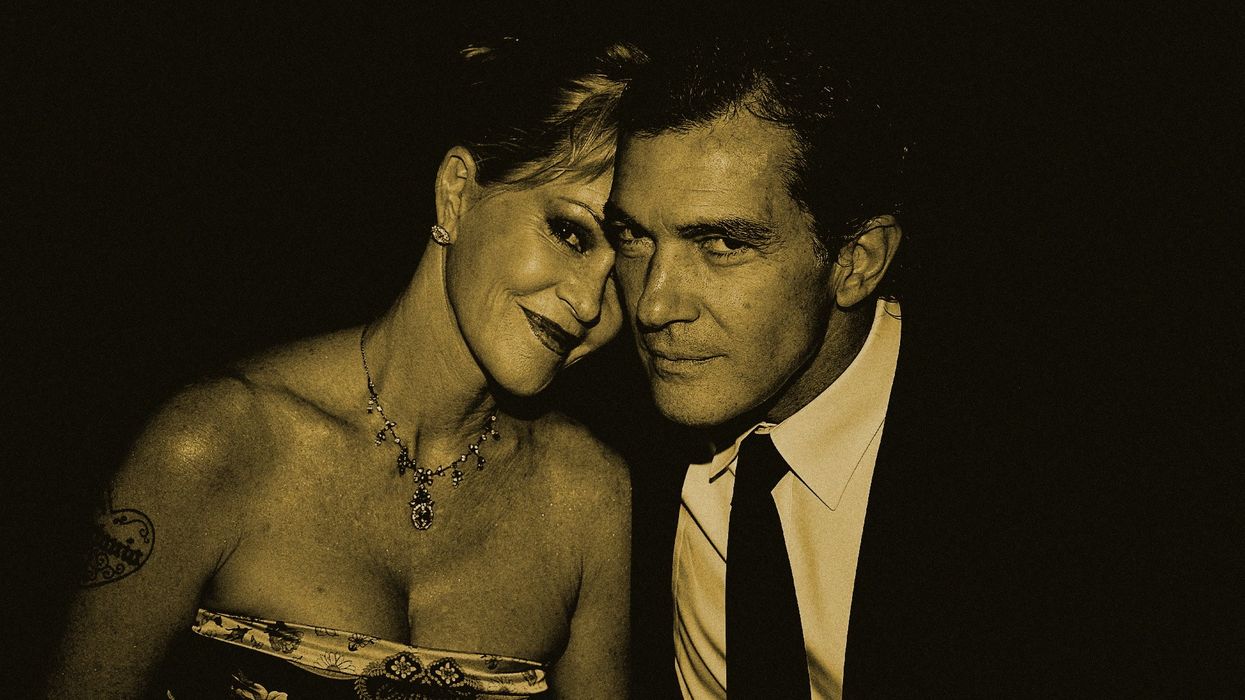


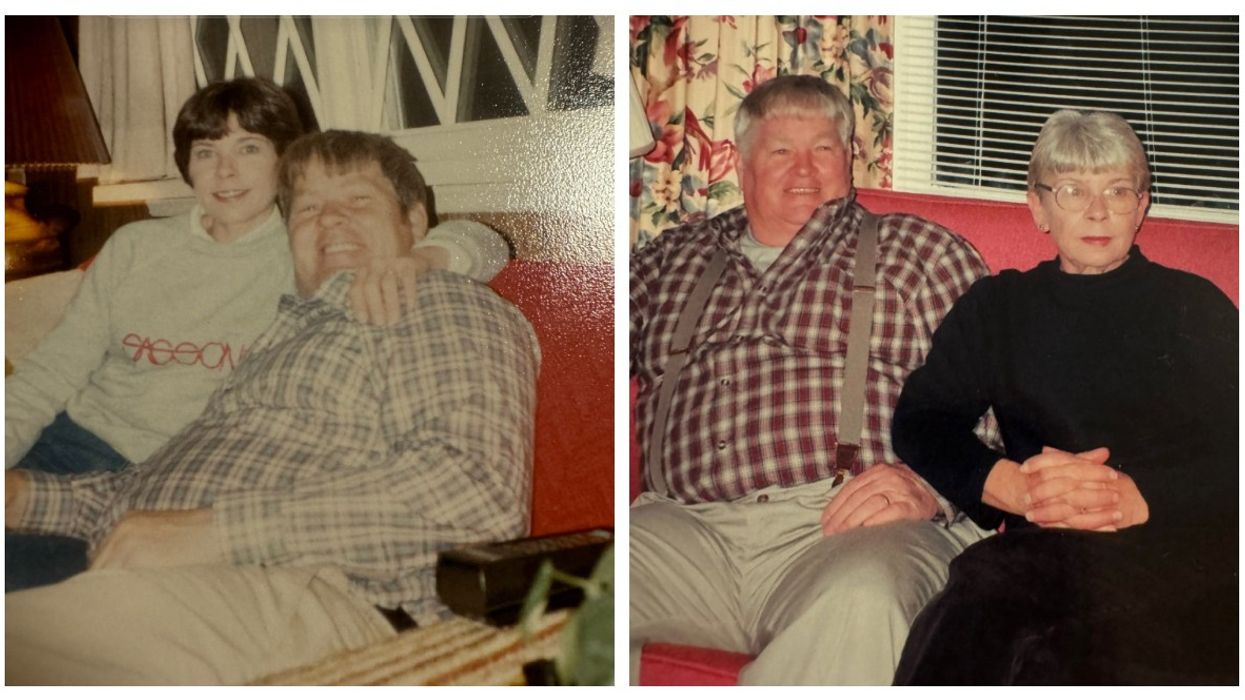


 right human eye
Photo by
right human eye
Photo by  person holding box
Photo by
person holding box
Photo by 